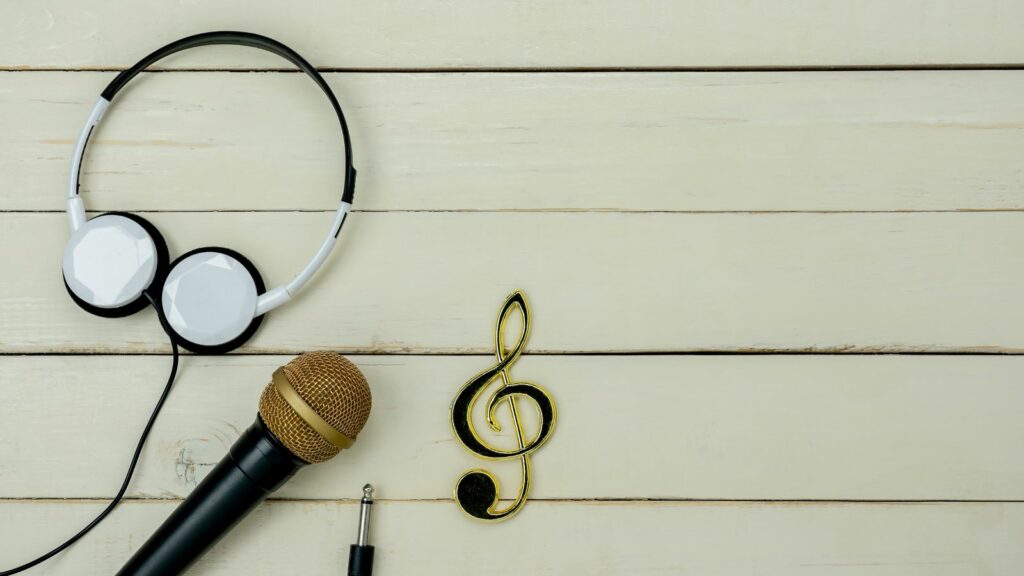Ah, the 90s. A time of grunge, boy bands, and big changes in the music industry. But how did people listen to music in the 90s.
How Did People Listen to Music in The 90s
In the 1990s, the consumption of music experienced notable shifts, triggered by advancements in technology and changes in consumer behavior. This section delves into the seminal forces, particularly the rise of Compact Discs and Radio’s role, influencing the music listening habits of the time.
The Emergence of Compact Discs

Compact Discs, or CDs, rapidly gained popularity in the 90s, signaling a departure from the dominating cassette tapes of the 80s. The market saw the introduction of CDs in 1982, but it wasn’t until the 1990s that their use exploded, transforming the dynamics of the music industry. CDs offered an exciting novelty – clear sound quality. Unlike cassette tapes that suffered from sound degradation over time, CDs provided consistent, high-quality audio, remarkably improving the listening experience. Additionally, listeners embraced CDs due to their convenience, with the ability to easily skip to desired tracks, a function cumbersome in cassette tapes. This era’s quick acceptance and adoption of CDs were indicative of the consumers’ hunger for tech integrations in music, paving the way for future innovations.
Radio: The Mainstream Media of the 90s
During this decade, the radio maintained its position as a fundamental means of music consumption. Despite the rapid ascent of CDs, radio remained vital in shaping listeners’ music preferences. Stations like MTV and VH1 proved instrumental in catering hit songs to audiences. Furthermore, radio developed as a community-building platform through popular radio shows, rallying listeners around shared music interests. However, radio’s role also invited discussions about control over music distribution, with corporates deciding what hit the airwaves. Nonetheless, radio’s presence in the 90s was undeniable, safeguarding its legacy while providing the environment for the digital revolution that would follow in the next decade.
The Beginning of Digital Music Era
Advent of MP3 and Early Digital Formats

How did people listen to music in the 90s. Towards the mid of the ’90s, a new digital audio format surfaced, going by the name of MP3 (MPEG Audio Layer III). Developed by German company Fraunhofer-Gesellshaft, it became a breakthrough innovation. MP3 revolutionized music consumption by enabling songs to be easily compressed into small files without losing much quality. This advancement meant that music tracks, usually thousands of kilobytes on a CD, could now be compressed to several hundred kilobytes. Such drastic shrinkage paved the way for the rapid dissemination of digital music over the growing Internet.
Examples include songs like “Torn” by Natalie Imbruglia and “My Heart Will Go On” by Celine Dion, compressing to just about 5-10% of the original file size.
Rise of File Sharing and Early Streaming

By the late ’90s, the advancements in digital music led to the rise of peer-to-peer (P2P) file sharing platforms. The foremost among these was Napster. Napster, founded in 1999, allowed users to share and download music files for free. It challenged traditional music distribution models and, despite legal issues, sparked an era where music was readily accessible to anyone with an Internet connection.
Additionally, the ’90s saw the onset of early music streaming. Web radio, also known as Internet Radio, started to gain popularity. Services like NetRadio and IMRadio began streaming licensed music content. However, this early streaming wasn’t on-demand but rather a continuous stream akin to traditional radio.
In sum, the ’90s set the stage for the modern way of consuming music, weaving the path to digital music files, online sharing, and streaming.
Music Listening
How did people listen to music in the 90s. The 90s was a transformative era for music consumption. It’s the decade that saw a shift from cassette tapes to CDs, ushering in an age of superior sound quality and convenience. Despite the rise of CDs, radio’s influence never waned, continuing to shape listeners’ preferences and foster a sense of community. The 90s also marked the dawn of the digital music era, with the advent of MP3 technology and early streaming services. This innovation disrupted traditional music distribution models, setting the stage for the digital revolution that would follow.

